Portugal swept me off my feet the second I landed in Lisbon. Over several trips, I realized this country’s got it all—sun-drenched beaches, cities bursting with history, dreamy islands, and little surprises tucked away where you’d least expect.
I’ve gathered my top unforgettable moments that, honestly, show why Portugal deserves a spot on everyone’s bucket list. Watching sunrise over Porto’s rooftops? Kayaking into the Benagil Caves in the Algarve? Every single experience brought something different to the table.
If you’re plotting your first trip or searching for new adventures, these moments cover Portugal’s wild variety. Lisbon’s old neighborhoods left me speechless. The Douro Valley quickly became my favorite spot for wine. And I found a few coastal towns that made me want to drop everything and stay forever.
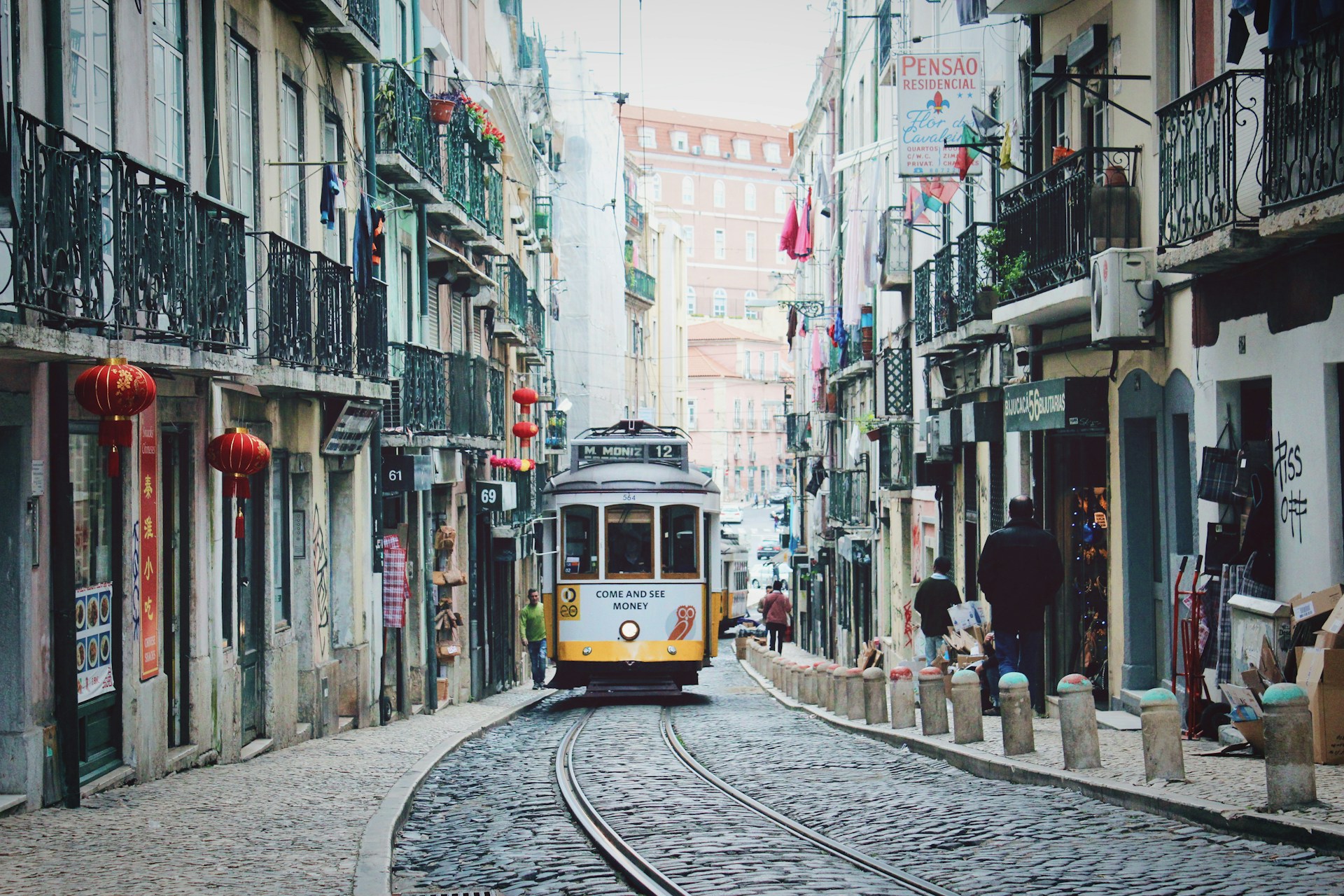
Wonders of Lisbon: Capital City Experiences
Lisbon drew me in with its mix of ancient corners, grand monuments, and lively neighborhoods. The city’s historic Alfama, monumental Belem, and buzzing downtown all gave me something new to love.
Exploring Alfama and Fado Music Nights
I lost track of how many evenings I wandered Alfama’s labyrinth of cobbled streets. This oldest part of Lisbon honestly feels like a portal to another era.
Medieval alleys twist uphill, past pastel houses and hidden squares. Now and then, I’d stumble upon a lookout with a jaw-dropping view over the Tagus River.
Fado music became my nightly ritual. I found tiny fado houses tucked inside old homes and cozy restaurants.
The singers—fadistas—poured their hearts into songs of longing and nostalgia, backed by classical guitars. The vibe? Intimate, a little haunting, and completely unforgettable.
| Best Fado Houses | Atmosphere | Price Range |
|---|---|---|
| Sr. Fado | Traditional | €15-25 |
| A Baiuca | Authentic locals | €10-20 |
| Clube de Fado | Upscale | €25-40 |
If you’re going, show up after 9 PM—that’s when the music really starts. Pairing those emotional performances with a glass of Portuguese wine? Pure magic.
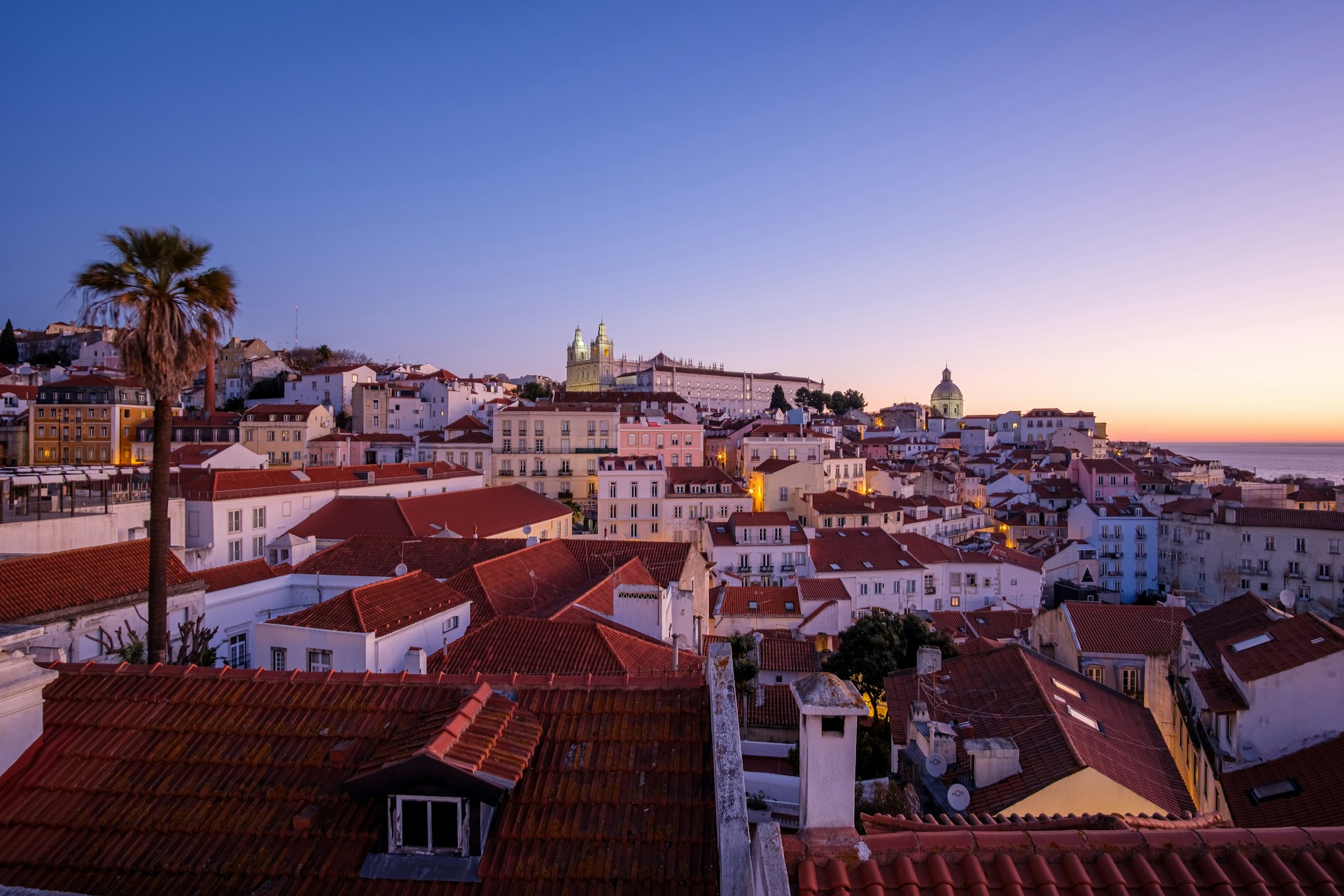
Belem District Highlights: Belem Tower & Jeronimos Monastery
Belem whisked me back to Portugal’s Age of Discovery. I spent a whole day soaking up the UNESCO sites.
Belem Tower rises right out of the riverbank, a 16th-century fortress that once guarded Lisbon’s harbor. Climbing the tight spiral stairs, I reached the upper floors and admired the Manueline architecture. The stonework is covered in maritime symbols and intricate carvings.
Jerónimos Monastery? It’s enormous, and the details are wild. This Portuguese Gothic masterpiece took over a century to finish.
Inside, I found Vasco da Gama’s tomb and wandered the beautiful cloisters. The church’s vaulted ceilings and ornate columns had me craning my neck the whole time.
Of course, I couldn’t leave Belem without grabbing a pastel de nata from Pastéis de Belém. They’ve kept the same secret recipe since 1837.
I always eat them warm, straight from the oven, dusted with cinnamon. That creamy custard and flaky pastry? Absolutely addictive.

Baixa and Chiado: The Heart of Modern Lisbon
Baixa and Chiado became my go-to spots for exploring Lisbon’s modern pulse. These neighborhoods blend shopping, food, and culture in a way that just works.
Baixa’s tidy grid makes getting around a breeze. Rua Augusta, the main drag, is full of shops and lively cafes.
Much of the area rose from the ashes of the 1755 earthquake, so it’s a cool example of 18th-century city planning. I hopped on the Santa Justa Elevator for sweeping views of the city.
Chiado, on the other hand, feels artsy and a bit bohemian. Literary cafes and theaters line Rua Garrett.
You’ll find designer boutiques and traditional shops crammed into elegant old buildings. I picked up some gorgeous leather goods and ceramics here.
Eating in these districts is a treat. I tried everything from grilled sardines to bacalhau and seafood rice. Whether I wanted a quick bite or a fancy dinner, Baixa and Chiado delivered.
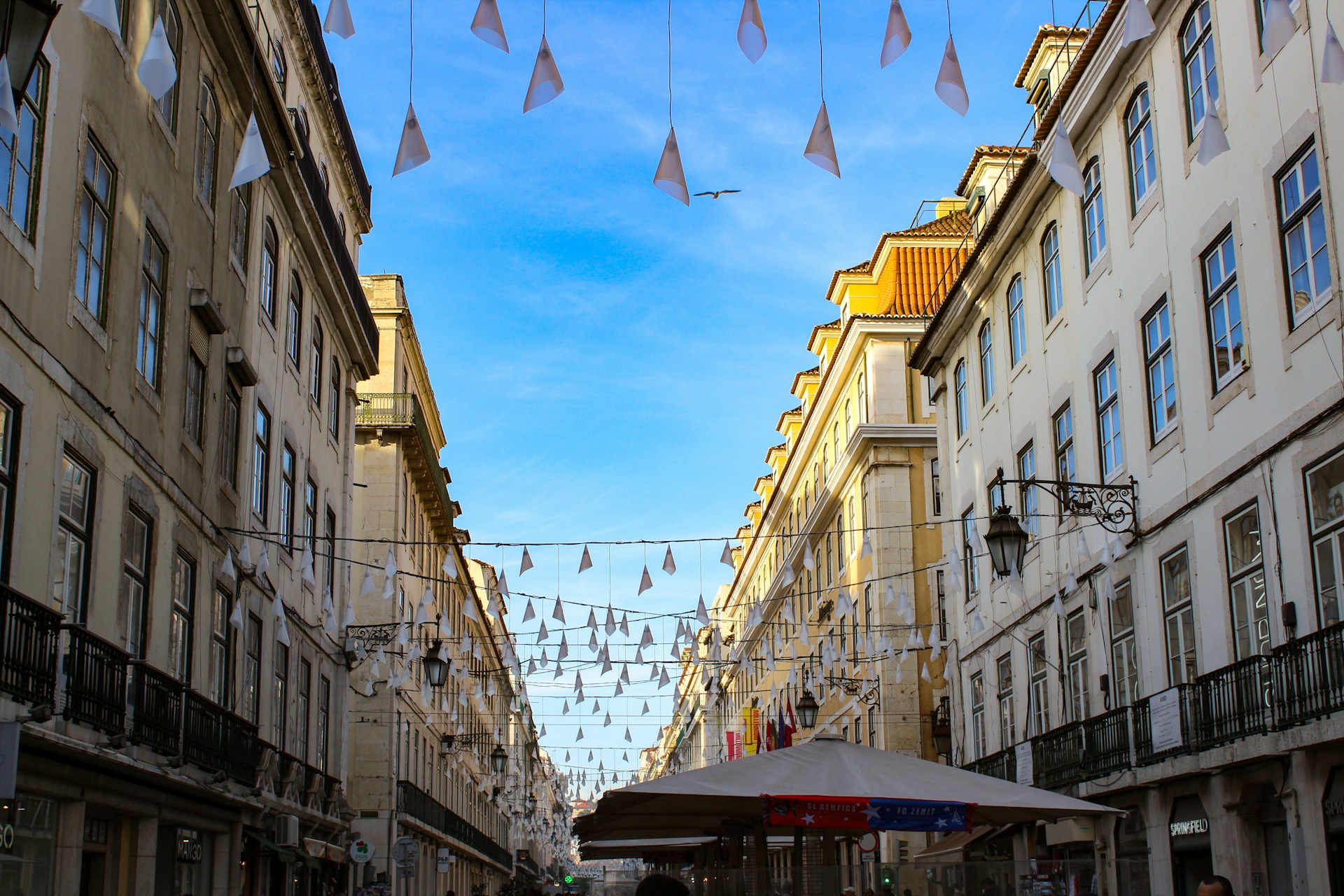
Coastal Escapes: Iconic Beaches and Scenic Towns
Portugal’s coastline gave me some of my favorite memories. Dramatic cliffs smash into the Atlantic, and fairy-tale palaces perch above beach towns. The contrast between sunny Cascais and mystical Sintra? Unreal, and just a short hop apart.
Sunny Adventures in Cascais and Boca do Inferno
Cascais quickly became my favorite seaside escape. Once a fishing village, now it’s a chic resort town—just a 30-minute train ride from Lisbon.
I spent lazy afternoons on Praia de Banha and Praia do Guincho. The sand stretches forever, and at Guincho, the wind attracts surfers from all over.
The town center is adorable, all cobbled lanes and colorful houses. Around the marina, I found seafood restaurants serving the freshest grilled sardines and rich seafood rice.
Boca do Inferno, just two kilometers from the center, totally blew me away. Waves slam into the dramatic cliffs, sending spray flying.
I made it out for both sunrise and sunset. Early mornings are great for photos, while evenings are quieter and the light turns everything gold.
Walking along the coast from Cascais to Boca do Inferno takes about 30 minutes. The rocky path gives you epic views of waves and secret coves.
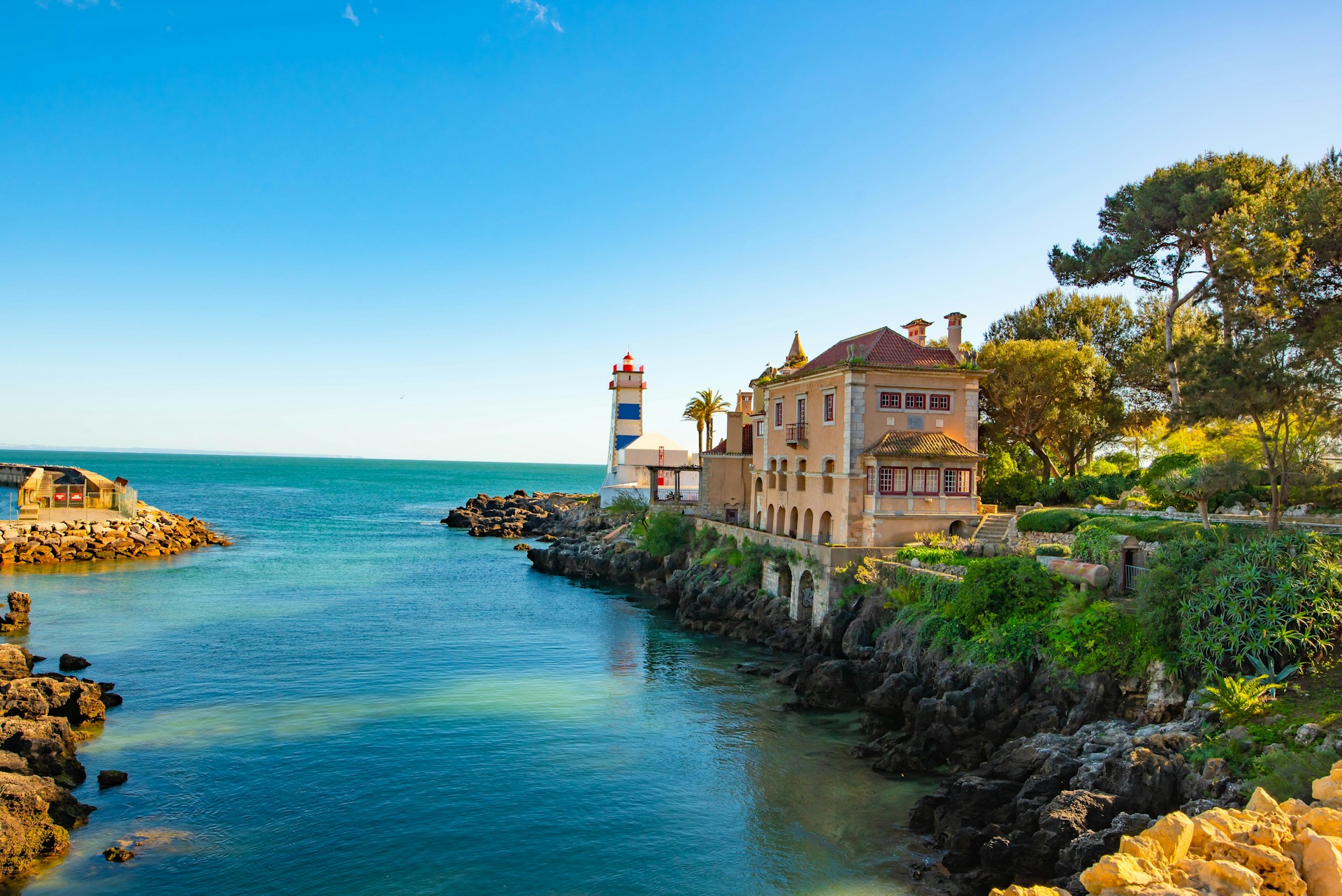
Magical Sintra: Pena Palace & Quinta da Regaleira
Sintra feels like a storybook come to life. Nestled in the mountains, this UNESCO town sits just inland from Cascais.
Pena Palace dominates the skyline. Its red, yellow, and purple walls are so vibrant, I almost needed sunglasses. The palace sits on a hill, wrapped in lush gardens.
If you go, buy tickets online first—the lines get crazy in summer. Touring the palace and gardens took me about two hours.
Quinta da Regaleira is packed with mystery. Gothic towers, secret tunnels, and the iconic Initiation Well make it feel otherworldly.
I spiraled down the 88-foot well and wandered through underground passages. The gardens are full of hidden grottos, waterfalls, and odd symbols. Exploring took me three hours, and I still felt like I missed things.
Getting around Sintra requires a bit of planning. Tuk-tuks and local buses help connect the main sites.
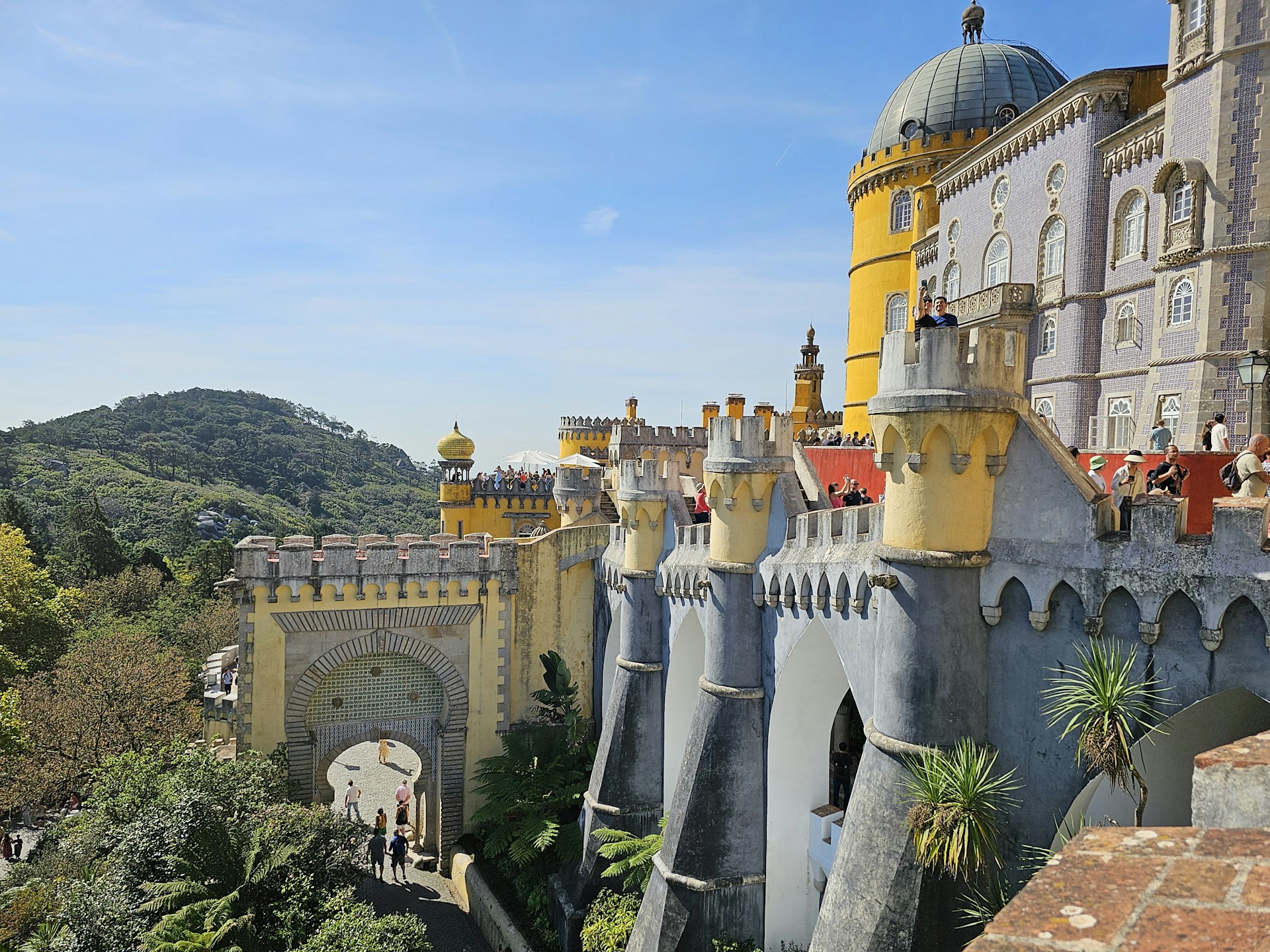
The Algarve’s Natural Beauty and Vibrant Towns
The Algarve is where Portugal really shows off. From Lagos’ golden cliffs to Faro’s old town and the peaceful villages of Tavira and Olhão, each spot has its own personality.
Lagos and Ponta da Piedade: Algarve’s Coastal Wonders
Lagos grabbed me the moment I saw its coastline. This town hugs some of Europe’s most breathtaking shores—golden cliffs, turquoise water, and secret caves.
Ponta da Piedade is the star here. Towering rock arches and hidden caves make it feel almost unreal. I spent hours walking the cliff trails, snapping photos of the wild scenery.
The beaches around Lagos are all different:
- Praia Dona Ana: calm waters, tucked-away cove
- Praia do Camilo: reached by steep wooden steps
- Praia da Batata: right near the center of town
Lagos’ old town is full of charm—cobbled streets, open-air restaurants, and a deep, sometimes dark history. The old slave market, now a museum, is a sobering reminder of the past.
I used Lagos as a base to explore the western Algarve. The marina runs boat tours to the caves, which I can’t recommend enough.
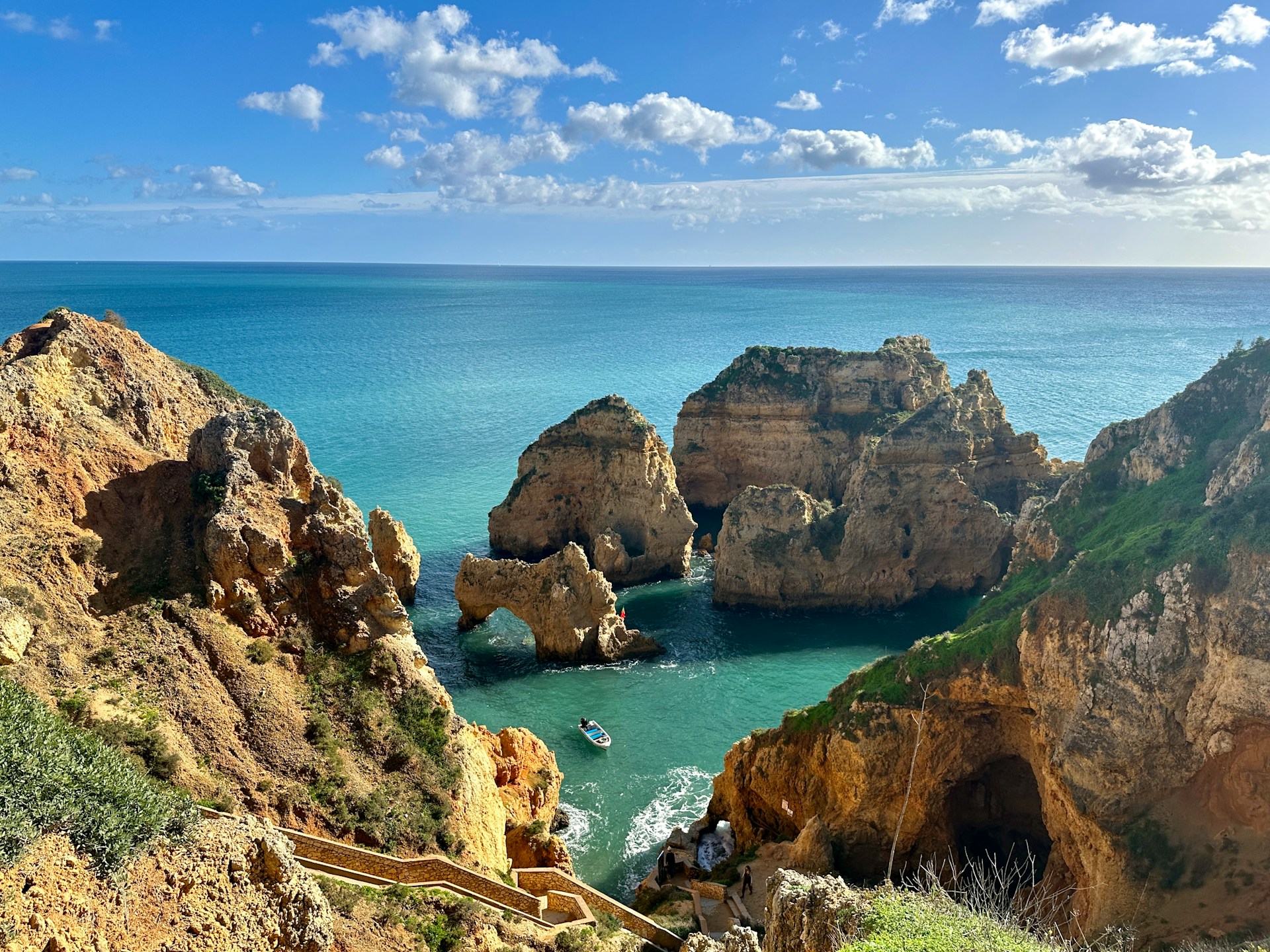
Faro, Ria Formosa, and Historical Sights
A lot of people skip Faro after landing at Faro Airport, but I think that’s a mistake. The city mixes rich history with easy access to amazing nature.
Faro’s old town hides behind ancient walls. I wandered narrow lanes to find gems like the Cathedral of Faro—a blend of Gothic and Baroque styles. The Igreja do Carmo stands out with its bone chapel, decorated with over 1,000 human skulls. Creepy, but fascinating.
Ria Formosa Natural Park runs along the coast. It’s a protected lagoon with barrier islands and some of the Algarve’s best beaches. I took boat rides to almost empty islands, where I could walk for ages without seeing another soul.
The wetlands are a haven for wildlife. I spotted flamingos and herons on my trips. The park’s shallow, warm waters are perfect for a swim.
Faro’s central spot makes day trips around the Algarve super easy. Plus, it has a relaxed vibe you won’t find in the tourist hotspots.

Hidden Treasures: Tavira, Olhão, and Surrounding Villages
Tavira stole my heart. It’s probably the Algarve’s most romantic town, with whitewashed houses, pyramid roofs, and ancient ruins scattered about.
I loved crossing the Roman bridge over the Gilão River—it links the old town together. Tavira is also the jumping-off point for Ria Formosa’s eastern islands, especially Ilha de Tavira with its endless sandy beach.
Olhão oozes fishing village charm. The markets overflow with fresh seafood, and I watched fishermen haul in their catch at the harbor. The flat rooftops and cube-shaped houses give the town a unique look.
Both towns make it easy to hop on a ferry to Ria Formosa’s islands. The beaches out there are quieter and wilder than anything on the mainland.
Nearby villages keep that traditional Algarve spirit alive. Family-run restaurants serve up incredible seafood, and locals always seem happy to chat. These spots reveal a side of the Algarve most tourists never see.
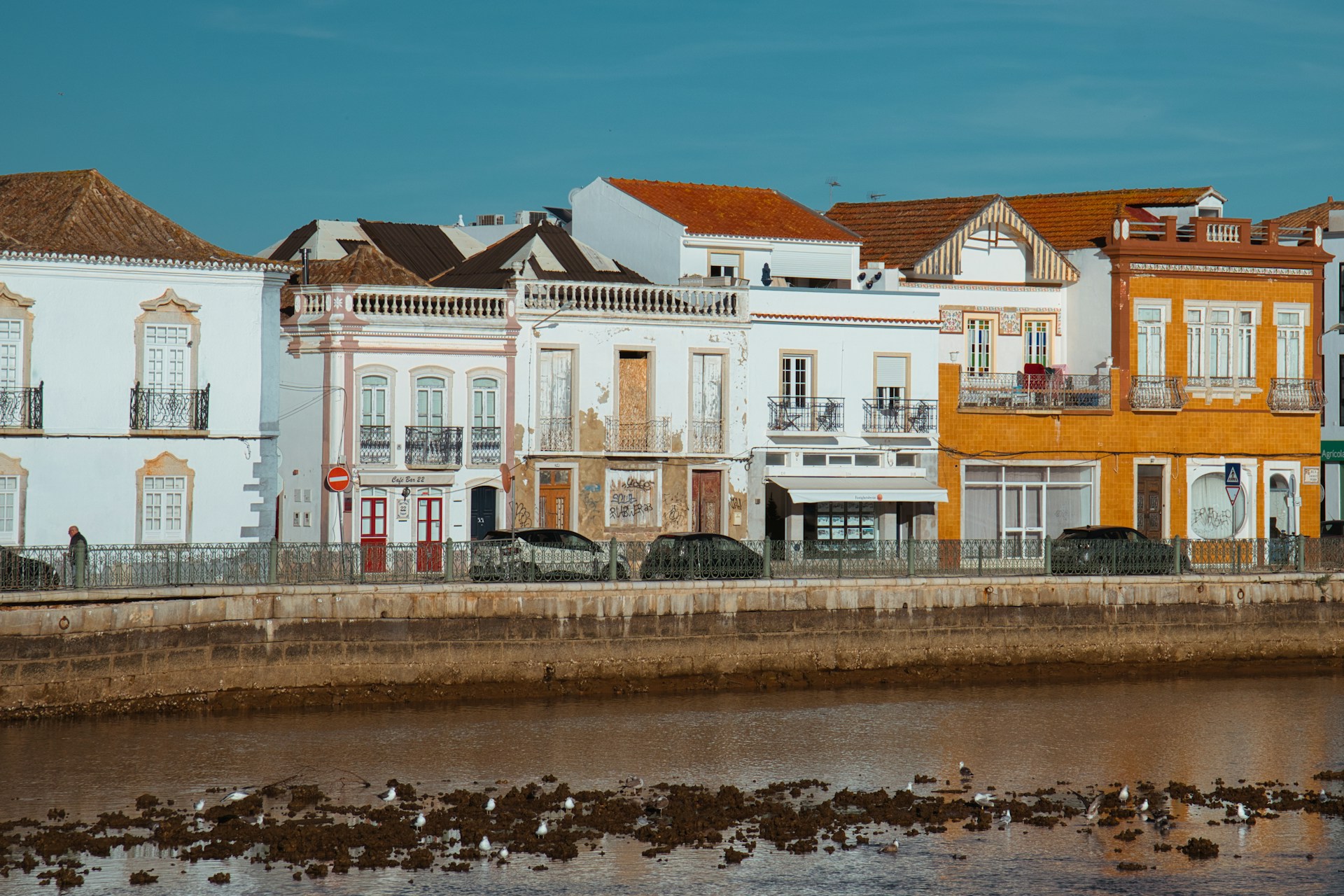
The Charms of Porto and the Douro Valley
Porto’s riverside neighborhoods and ancient port wine cellars left a big impression on me, while the Douro Valley’s terraced vineyards might just be the most beautiful place in Portugal. The mix of old-world architecture, legendary wine, and dramatic river views makes this northern region a must.
Porto’s Historic Heart: Ribeira, Porto Cathedral & Livraria Lello
The Ribeira district is my go-to in Porto. Narrow cobblestone lanes, houses painted every color imaginable, and the Douro River right at your feet.
I spent hours just wandering, listening to street musicians and watching locals chat outside tiny cafes.
The riverside promenade buzzes, especially as the sun sets and the buildings glow. I kept coming back every night, just to soak it all in.
Porto Cathedral towers over the city, blending Romanesque and Gothic styles. The blue and white tiles by the entrance are a showstopper. Inside, the fortress-like design hints at the city’s medieval days.
Livraria Lello is pure magic for book lovers. The red staircase spirals beneath a stained glass ceiling, and the carved woodwork is unreal. I went early to dodge the crowds and took my time soaking up the details.
Rumor has it, this bookstore helped inspire Harry Potter. Whether that’s true or not, the place feels enchanted.
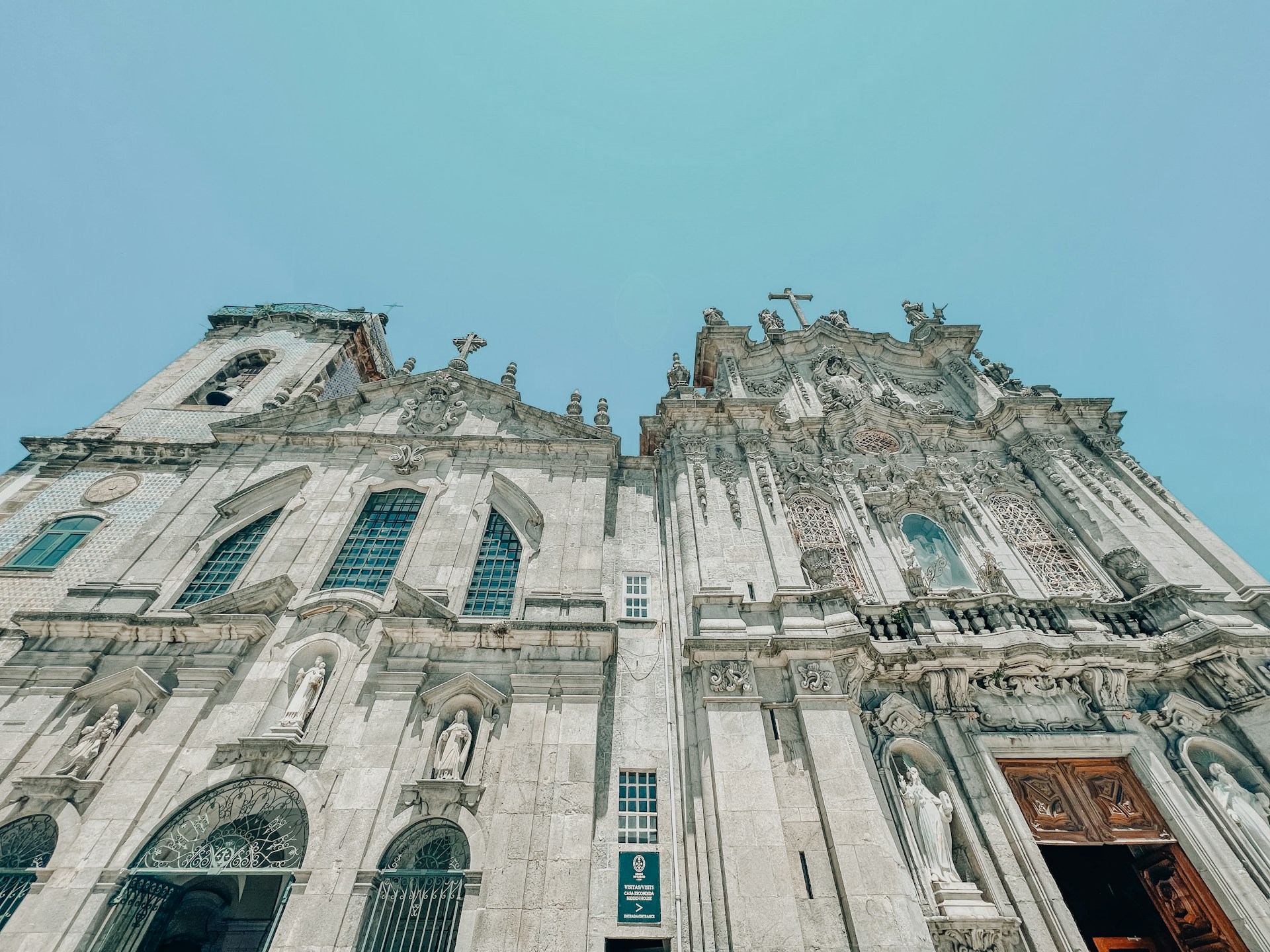
Port Wine Cellars and Vila Nova de Gaia
Vila Nova de Gaia sits just across the river from Porto, and honestly, you can’t miss it if you love wine. I wandered over the Dom Luís I Bridge, and suddenly, I was surrounded by legendary port houses—Graham’s, Taylor’s, Sandeman—each one with its own story and vibe.
Every cellar serves up a unique tasting experience. At Churchill’s, I sampled some bold vintage ports; Ferreira poured me their smooth tawny varieties. The staff, always eager to chat, shared family traditions and secrets about the aging process that go back generations.
| Port House | Specialty | Best Feature |
|---|---|---|
| Taylor’s | Vintage Port | Historic cellars |
| Sandeman | Tawny Port | Iconic atmosphere |
| Graham’s | Mixed varieties | River views |
Guided tours made the differences between ruby, tawny, and vintage ports much clearer. Barrel rooms filled with spicy, nutty aromas really made it feel authentic—almost like stepping back in time.
Many cellars offer wine pairings with chocolate or local cheese. If you plan to visit during peak season, book ahead—these places fill up fast, and you don’t want to miss out.

A Day in the Douro Valley: Vineyards and Landscapes
The Douro Valley, just about 100 kilometers from Porto, lays out some of the most jaw-dropping vineyard landscapes I’ve ever seen. Terraced hillsides tumble down to the winding river, with photo ops popping up everywhere.
I hopped on a train from Porto, and the ride itself turned into an adventure, with epic river views around nearly every bend.
Local wineries open their doors for tastings right in the middle of the vines. Winemakers love to share stories about their families and traditions—some of these go way back. Tasting port at the source? Totally different than sipping it in the city.
Several quintas set up lunch with wine pairings on terraces that overlook the valley. The pace slows down here, and you really feel it—every glass becomes a memory.
River cruises give you a fresh perspective. Watching the terraced vineyards from the water, I picked up tidbits about the region’s winemaking roots. Sunset cruises, in particular, turn the valley into pure magic.
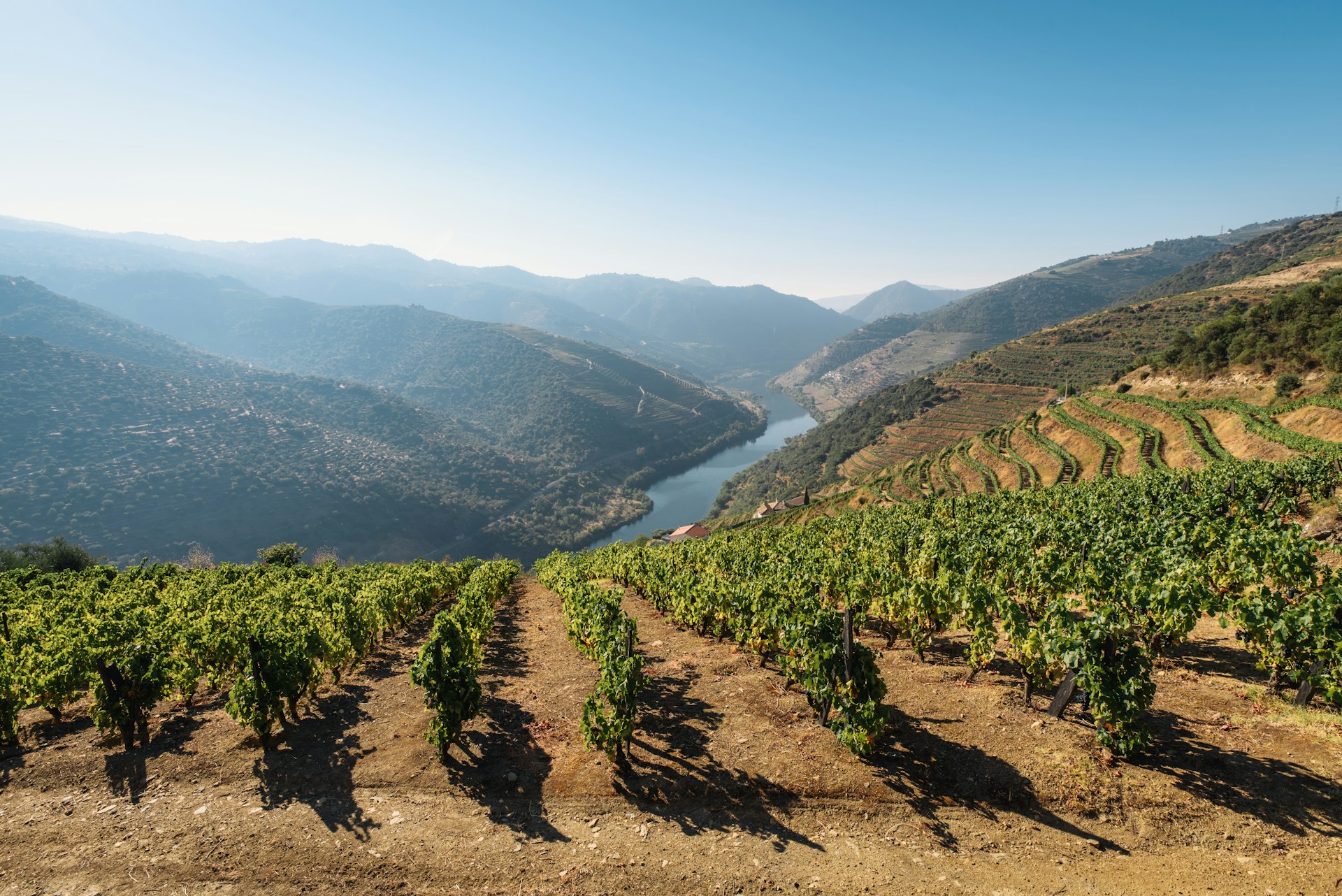
Unforgettable Detours: Historical Cities and National Parks
Portugal’s history shows up everywhere—medieval cities with ancient universities, Roman temples next to modern cafés. The only national park in the country offers wild mountain trails and villages that feel like they belong to another era.
Coimbra and Its Prestigious University
The University of Coimbra sits high above the Mondego River. I wound my way up steep cobblestone streets to reach this 13th-century campus. The Joanina Library—honestly, it’s breathtaking, all gold leaf and ancient tomes.
Students in black capes drift between classes, keeping traditions alive. I caught them gathering in the main square on a breezy spring day.
The university’s baroque bell tower gives you sweeping views across red rooftops. The river snakes through the valley below, and the climb up those narrow stairs? Worth every step.
Key highlights:
- UNESCO World Heritage campus
- 30,000 rare books in Joanina Library
- Students still follow medieval traditions
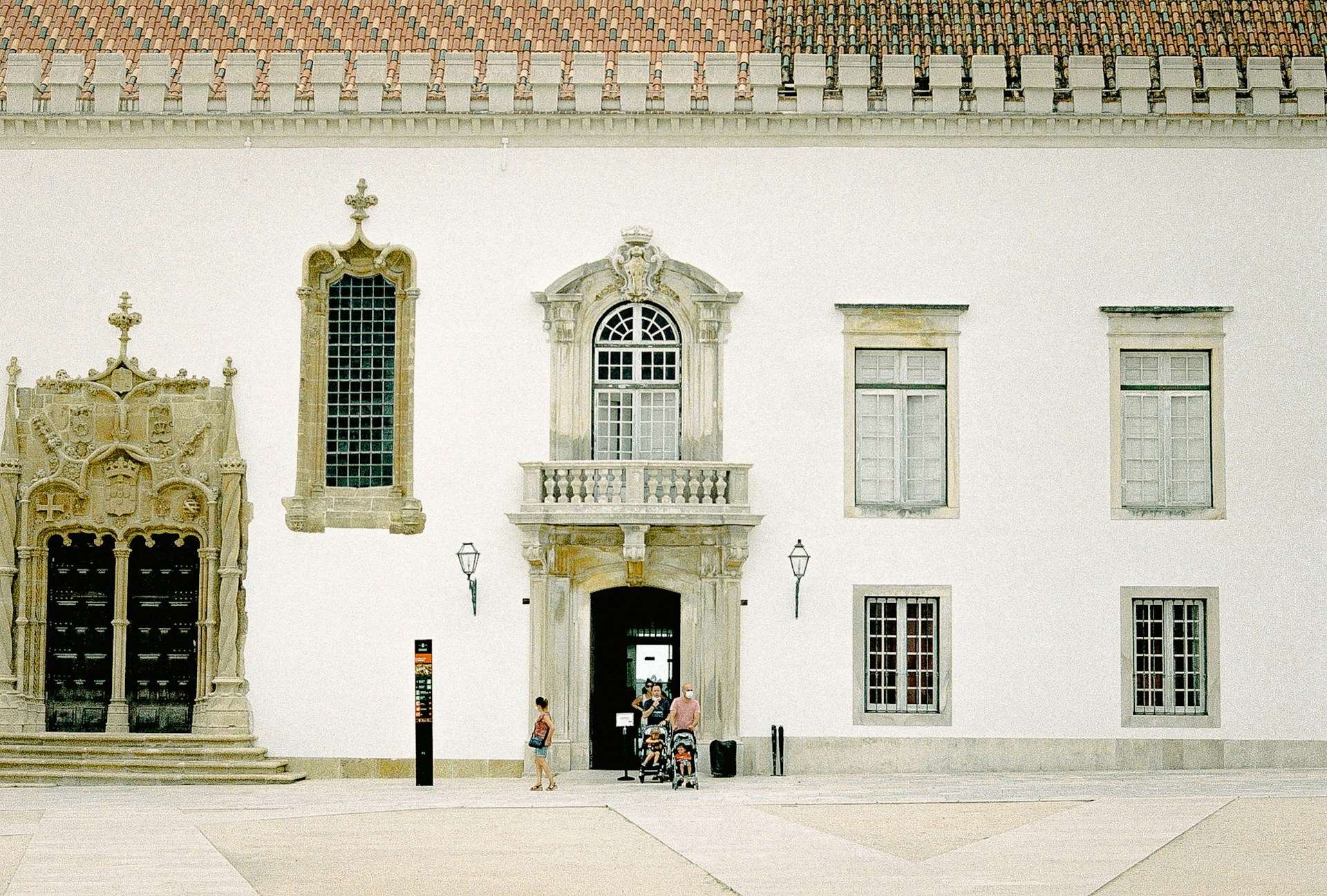
Medieval Marvels in Évora and Tomar
Évora’s Roman Temple rises right in the city center, like something out of a movie. The Temple of Diana, with its 14 granite columns, has survived nearly 2,000 years. I leaned against those ancient stones, imagining Roman ceremonies echoing through time.
The Chapel of Bones displays 5,000 human skulls on its walls—a chilling reminder that life is short. The inscription above the door? “We bones here are waiting for yours.” That one sticks with you.
Tomar draws you in with the Convent of Christ, built by the Knights Templar. I wandered through the round church and ornate cloisters, staring at Manueline window carvings that hint at Portugal’s age of discovery.
Both cities hold on tight to their medieval walls and winding, narrow streets.
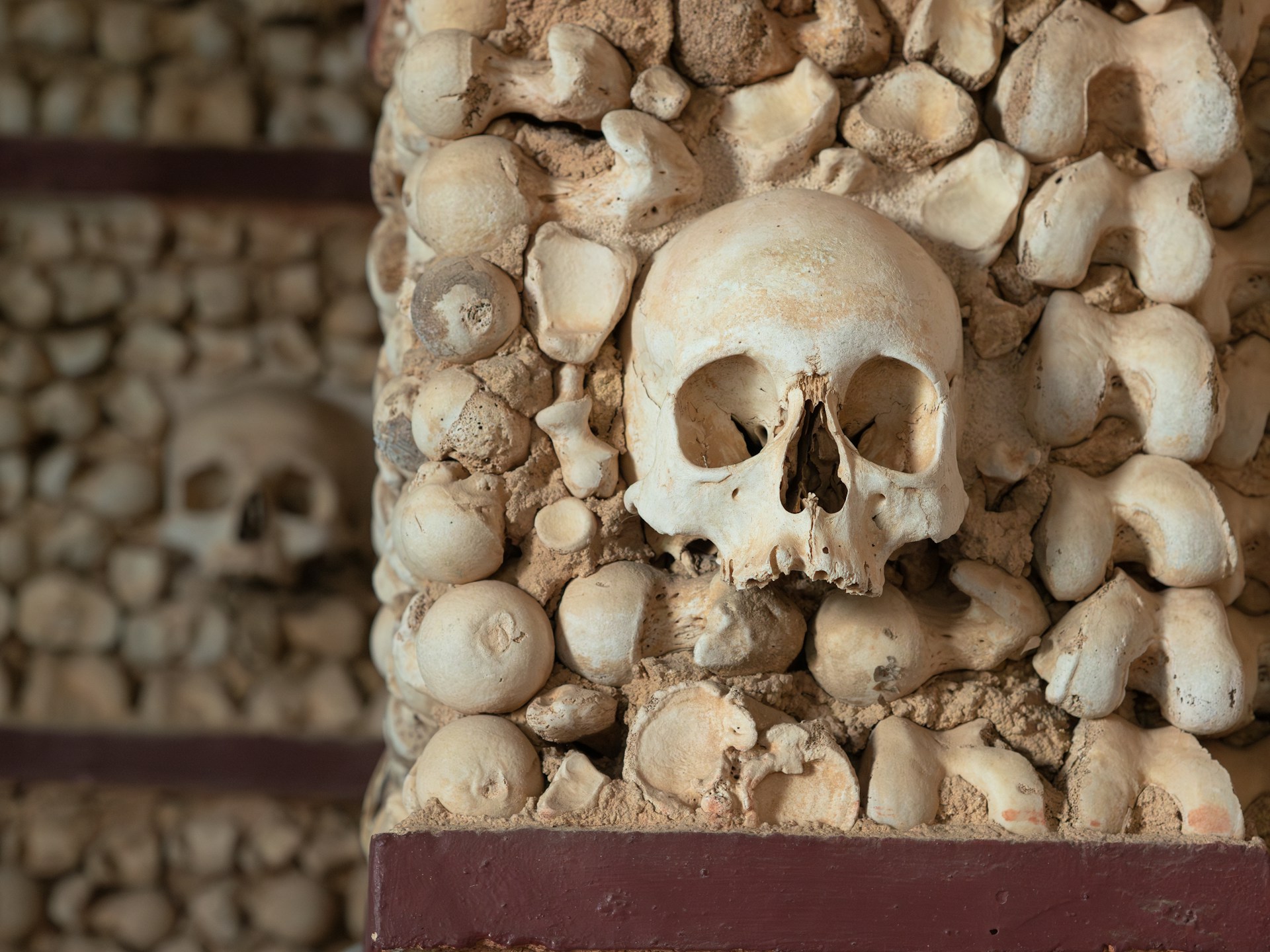
Nature Escapes in Peneda-Gerês National Park
Peneda-Gerês National Park stretches across Portugal’s northern mountains close to Spain. I hit the trails over granite peaks and stumbled onto hidden waterfalls. The park is home to the last wild horses in Portugal—catching a glimpse of them feels like finding a secret.
Tiny stone villages dot the hills. Soajo stands out with its ancient espigueiros—raised stone granaries that protected crops from floods and hungry animals.
Golden eagles soar overhead if you’re lucky. The park also shelters wolves, though I never spotted one myself. Wild ponies graze in the high meadows all summer long.
The Arado Waterfall plunges 150 feet into a cold, clear pool. After a sweaty hike, I couldn’t resist a quick dip—even if the water nearly froze my toes off.
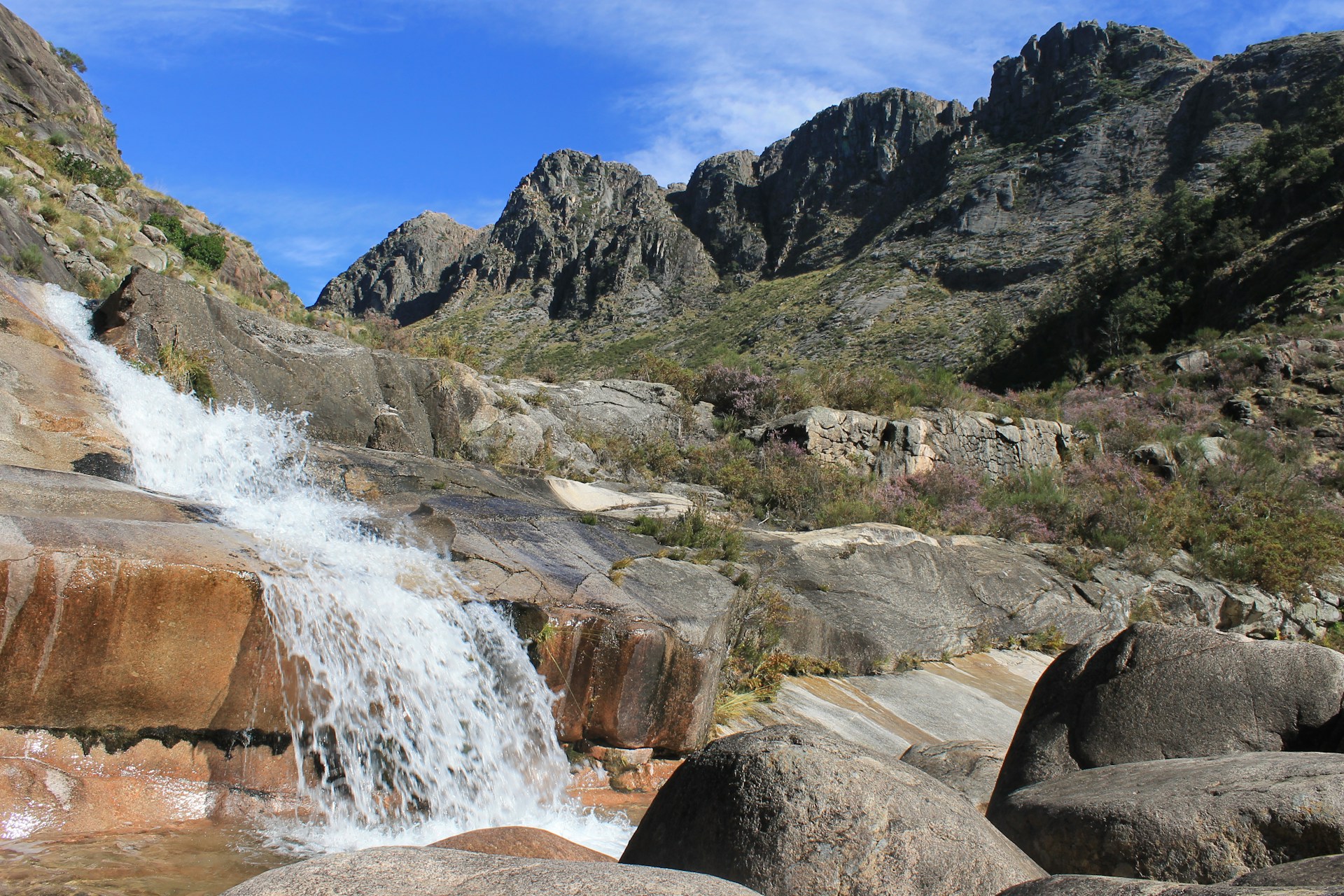
Crafting the Perfect Portugal Itinerary and Travel Tips
Portugal is small but mighty, so you can squeeze a lot into a 10-day adventure. From historic cities to jaw-dropping coastlines, it pays to plan around seasonal weather and smart transportation.
How to Plan a 10-Day Portugal Adventure
I’d map out your 10-day Portugal itinerary as a loop, starting and ending in Lisbon. It just makes sense—Lisbon’s airport has the most flights and connections.
Days 1-3: Lisbon and Sintra
- Day 1: Land in Lisbon, dive into Alfama and climb up to Castelo de São Jorge
- Day 2: Check out Belém, then catch a sunset boat tour
- Day 3: Day trip to Sintra’s palaces
Days 4-6: Porto and Douro Valley
- Day 4: Train up to Porto (about 2.5 hours)
- Day 5: Explore Porto’s historic center
- Day 6: Take a Douro Valley wine tour
Days 7-9: Algarve Coast
- Day 7: Head south to Lagos or Tavira
- Days 8-9: Beach time and coastal wandering
Day 10: Return to Lisbon
Book Sintra palace tickets and train rides between cities ahead of time. In cities, public transport works great, but you’ll want a rental car for the coast.

Best Time to Visit for Every Region
The best time to visit Portugal? It depends on what you want.
Spring (March-May) brings mild weather, perfect for cities like Lisbon and Porto. Temperatures hover between 60-70°F, and the crowds haven’t arrived yet.
Summer (June-August) is beach season in the Algarve—just be ready for heat and lots of people. Temperatures soar over 80°F, so book your stay early.
Fall (September-November) might be my favorite. September still feels like summer on the coast, but cities cool down for comfy strolls.
Winter (December-February) is great for budget travelers or city breaks. The Algarve stays mild, though many seaside spots shut down.
Regional tips:
- Northern Portugal stays cooler and gets more rain
- The Algarve basks in sun almost year-round
- Madeira and other islands keep steady, pleasant temps
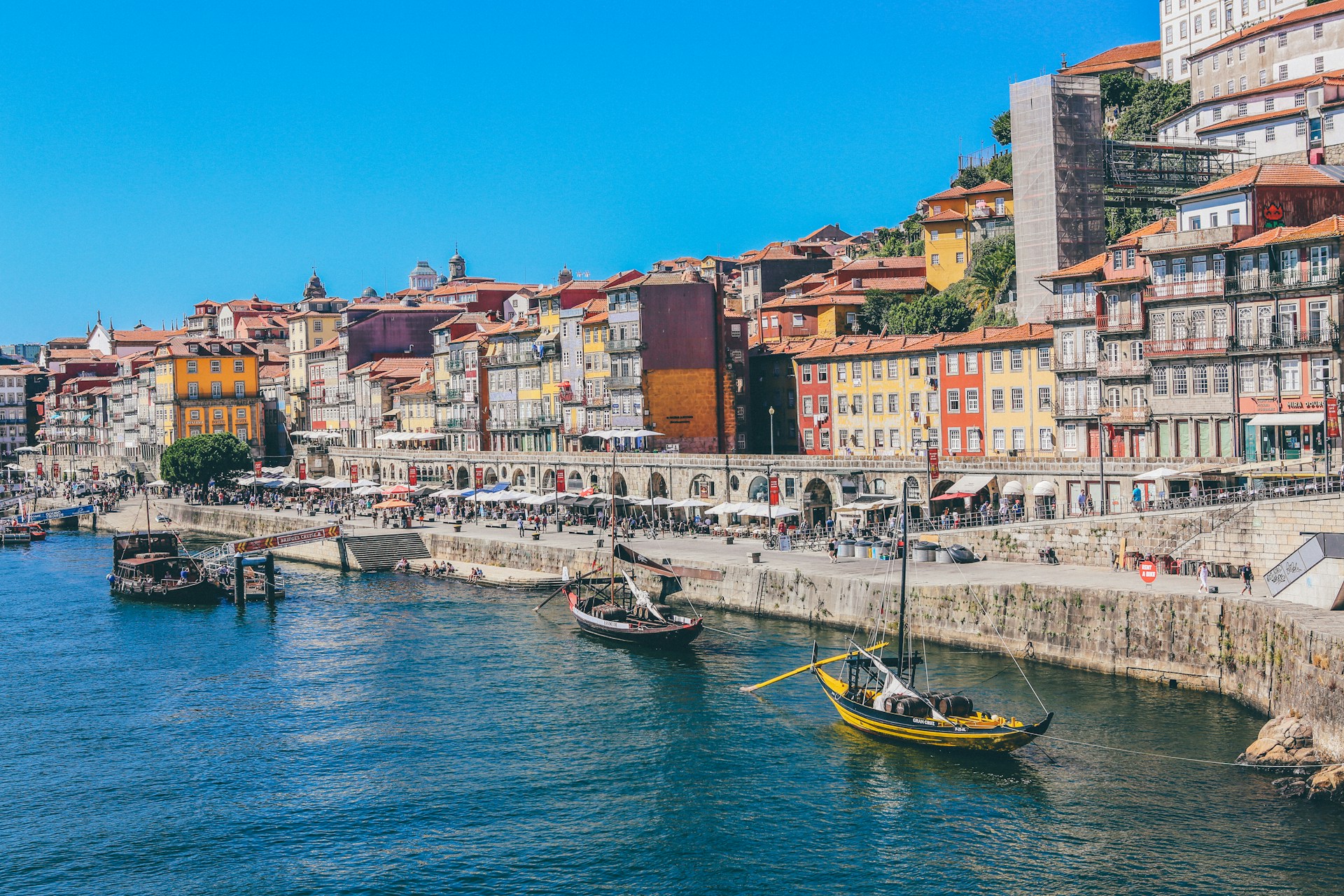
Getting Around: Airports and Transportation Essentials
Porto Airport is best if you want to start up north and finish down south at Faro Airport. Still, most flights connect through Lisbon.
Trains are your friend for major city hops. Lisbon to Porto takes 2.5 hours and usually costs €25-40, depending on the train.
Getting around by region:
- Cities: Walk, hop on the metro, or grab a taxi
- Between cities: Trains or buses work well
- Algarve: You’ll need a rental car to beach-hop
- Douro Valley: Go with a tour or rent a car
Quick tips:
- Use Omio to snag the best train fares
- Rental cars need an international driving permit
- One-way rentals between cities cost extra
- City taxis use meters, but negotiate for longer trips
The longest travel day? Porto to the Algarve. Flying takes about 1.5 hours, but driving will eat up 5+ hours.

Frequently Asked Questions
Traveling through Portugal, I’ve fielded a lot of questions—some practical, some just curious. Here’s a roundup of the most common ones, with a few personal favorites thrown in.
Start in Lisbon—those trams and Fado bars are iconic. Porto’s azulejo tiles and riverside wine cellars are a must.
Óbidos, with its castle walls and cobbled lanes, charms everyone. Sintra’s palaces deserve a whole day—don’t rush them.
Lagos in the Algarve brings dramatic cliffs and golden sands. These spots really give you the full flavor of Portugal.
The Algarve’s Ponta da Piedade near Lagos? Unreal limestone cliffs and secret grottos. Praia da Marinha lands on every “most beautiful beach” list for good reason.
On the Silver Coast, Nazaré is famous for its monster waves and laid-back fishing village feel. Cascais offers easy access from Lisbon and some of the best surf around.
Sagres, perched at Europe’s southwestern tip, serves up rugged beauty and sunsets you’ll remember. Each stretch of coast has its own personality.
In Lisbon, ride Tram 28 through the old neighborhoods and check out the Jerónimos Monastery. Porto’s Livraria Lello bookstore and the Ribeira are essential.
The Azores? Go whale watching and soak in the hot springs at Furnas. Madeira has lush hikes along levadas and banana groves.
Wine tasting in the Douro Valley is a must—the scenery and port are unbeatable. Every city and island brings something different to the table.
Lisbon’s Oceanarium is huge and super impressive. Monsaraz, a car-free medieval village, lets kids roam safely.
Óbidos hosts a chocolate festival and has gentle walls for family strolls. Cascais beaches are calm and packed with amenities.
Coimbra’s University library, with its baroque flair, fascinates kids and adults alike. Portugal just feels naturally welcoming for families.
Aveiro, with its colorful boats and Art Nouveau buildings, gets called the “Portuguese Venice.” The Douro International Natural Park offers wild, untouched landscapes near Spain.
Monsanto village is literally carved into massive boulders—houses and rocks blend together. The Passadiços do Paiva are thrilling wooden walkways over roaring rivers.
Marvão, perched on a mountain ridge, feels like a secret fort. These off-the-beaten-path spots deliver a taste of authentic Portugal, far from the crowds.
Let’s get this straight—don’t mix up Portuguese and Spanish. Locals feel pretty strongly about their language and unique heritage.
If you’re heading into cities or sacred places, ditch the beachwear. I quickly realized that dressing a bit more conservatively goes a long way, especially when stepping into churches or exploring urban neighborhoods.
Greeting friends? In Portugal, people usually exchange cheek kisses. It might feel unfamiliar at first, but it’s a warm tradition worth embracing.
Meals aren’t just about food—they’re social events. Take your time and enjoy the company, because rushing through lunch or dinner can come off as rude.
When it comes to tipping, around 10% is nice, but nobody expects it the way they might elsewhere. Relax and enjoy the experience!

